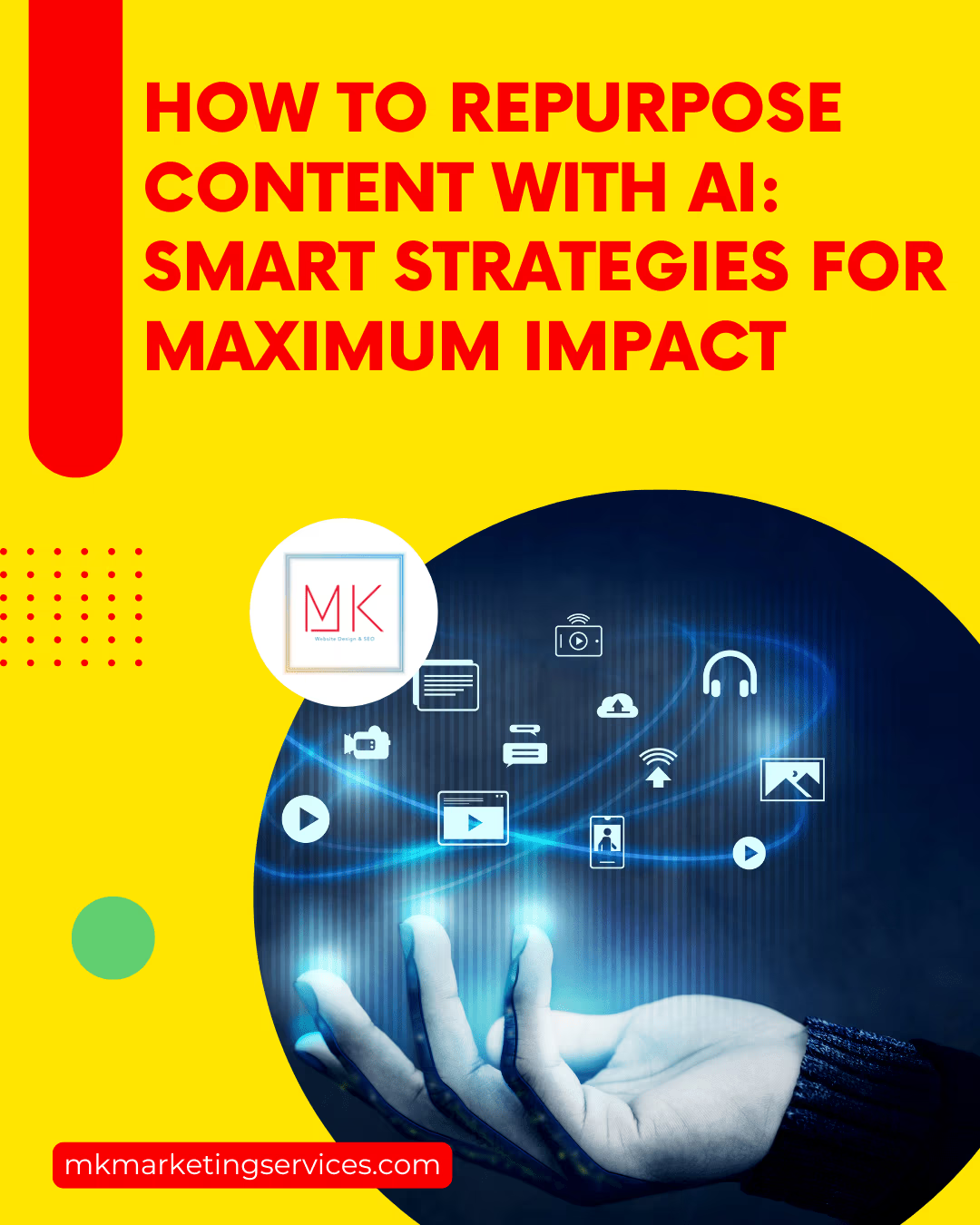More businesses are looking for sustainable exhibit options as they want to protect the environment while still connecting with customers at trade shows. In the past, exhibits produced a lot of waste and used resources in ways that harmed nature. Now, we better understand climate change and how we can be more eco-friendly.
Some of the problems they caused are:
Too much trash—In the past, exhibits used single-use materials like cardboard, plastic, and paper just for one event. Most of it ended up in overflowing landfills.
Wasted resources—It took energy and raw materials to make and ship all the exhibit pieces across long distances. Obtaining these resources is only sometimes suitable for forests, fields, and wildlife.
Too much carbon—Running big exhibits requires lots of power for lights and machines. All that electricity adds more greenhouse gases to our air.
Now that we know climate change is affecting our Earth, it’s clear how vital it is to look after our world.
Critical Components of Sustainable Exhibits
Materials
The most essential part of ensuring an eco-friendly exhibit is the materials. Recycled stuff like aluminum, plastic, and cardboard are better choices than new materials. Bamboo is also a good choice—it grows fast and looks nice. Wood from trees that were cared for properly works as well. These materials don’t hurt nature as much but can make your exhibit stand out!
Construction
Another part is building exhibits to save resources and build brand identity. Designs that can be put together and taken apart easily let you reuse the pieces. Lighter exhibits don’t need as much fuel to move them from place to place. Using recycled materials to build helps even more.
Energy Efficiency
Making exhibits energy efficient is also crucial. LED lights are much better than old-style lights—they use less power. Setting up solar panels means the sun can give you electricity instead of just the power plant. Arranging your space to get natural light inside helps, too. Systems that don’t waste air conditioning power save energy as well.
Waste Management
Proper waste management is also essential. Great recycling for cardboard, plastic, and aluminum keeps a lot of trash out of dumps. Compostable food containers let you turn food scraps into compost. Providing recycling bins with clear signs helps everyone pitch in. Limiting single-use items and choosing reusable stuff cuts down on waste a ton.
Sustainable Exhibit Tips So Your Next Trade Show is Green
Reuse and Rent Don’t Trash
Instead of throwing away your exhibit each time, think of ways to reuse it. For example, you can change graphic panels or accessories to give it a new look. You can also rent exhibit parts like walls or counters instead of buying new ones each time, keeping materials out of the trash.
Choose Renewable Materials
When building a new exhibit, choose materials like bamboo, wheatboard, or recycled plastic from renewable sources. Avoid plastic, MDF, or materials made from rare woods that hurt the environment to produce. Renewable options are just as sturdy.
Go Digital With Displays
Also, display your information digitally instead of printing handouts, brochures, and posters. Create presentations or videos for TV screens at your booth. Visitors can watch on their schedule. You save paper, and they get your message without clutter.
Reduce Shipping Impacts
Bulky exhibits require many trucks and planes to transport. To save fuel, make exhibits that can be easily disassembled for more efficient shipping, and plan shipments ahead of time to avoid the higher fuel costs of expedited deliveries. Additionally, investing in low-impact packaging not only safeguards items during transit, but also supports broader sustainability goals.
Light Sustainably
As mentioned earlier, LED lights are more energy efficient than incandescent or halogen. Make sure any lights you use can be powered by portable solar panels or a small generator instead of the convention center’s electricity.
Serve Snacks With Care
If offering food, use real plates, cups, and utensils that can be washed instead of wasteful single-use items. Bring reusable water bottles for visitors instead of plastic bottles. Have recycling bins nearby and compost any food waste.
Measure Your Impact
Track how much paper, electricity, food waste, and other materials your exhibit uses. Calculate its carbon footprint. Compare results each year as you make improvements. Develop eco-friendly performance metrics to assess your exhibit’s overall sustainability. Share your progress on social media to inspire other businesses. With some changes, you can host greener exhibits!
Conclusion
In summary, traditional trade shows aren’t very friendly to Mother Nature. They produce lots of trash, use too much energy, and take resources from our planet. However, by designing eco-exhibits, companies can reduce these problems while gaining benefits.
Yes, going green may mean more work at first. And only some trade shows are on board. However, the chance to be innovative and help our Earth is massive! Our world needs solutions, so let’s roll up our sleeves and work on making positive changes.













